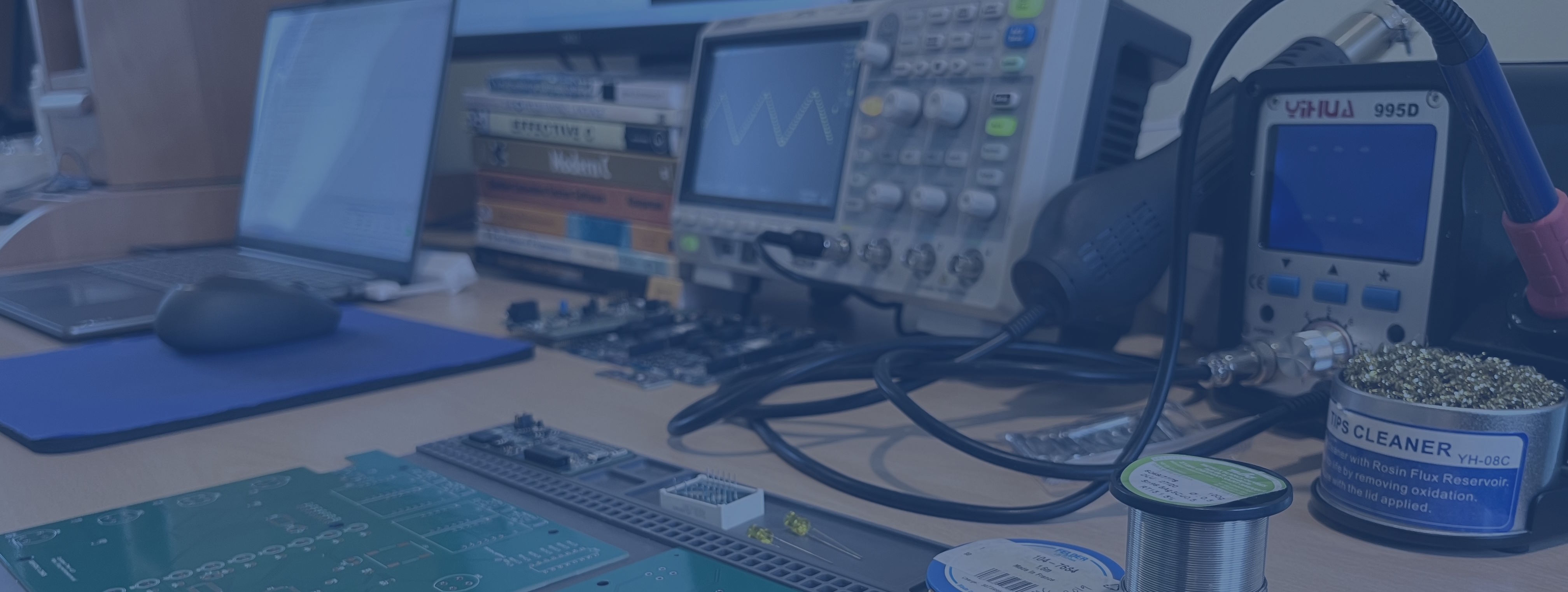UUID Generator for Bluetooth Low Energy Products
If you are developing a BLE application with Nordic Semi's SDK, there is a need to generate a UUID for your custom services and characteristics, for example, NovelBits MIDI example. Mohammad Afaneh gives the rules for these UUIDs and suggests using a general purpose UUID generator followed by a manual check for clashes with the BT SIG reserved range. The Nordic SDK method of declaring these UUIDs requires them to be given as byte arrays in reverse order, with least significant byte first. Although this is not difficult to do manually, there is some possibility of error which would be difficult to detect without going through the full debug cycle of programming a device and reading back the UUIDs on a tool such as LightBlue or nRF Connect. I have automated the whole process in a simple Windows Form app…
Continue reading...